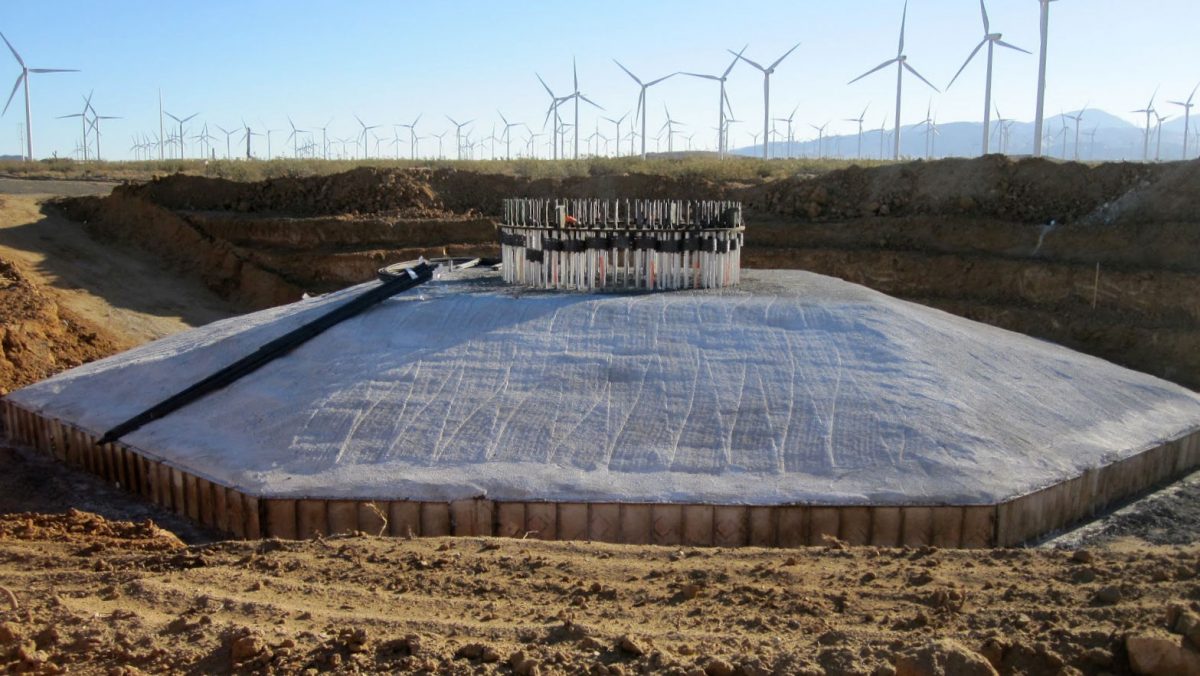MelroseHawkins
Well-Known Member
Used to be a powerlineman, and did power transmission for several windfarms.
Those turbines aren't going anywhere. The generators (the part on top of the actual tower with the rotating assembly) are designed to withstand hurricane force winds. The Zond and Vestas turbines we built line for had a survival wind speed of 165 mph, and that's the speed they'll take and still remain operable afterwards, not the speed at which they get destroyed. The towers aren't really rated like that (other than theoretically) because there aren't winds in North America (or the rest of the world) that get high enough to blow them over unless there was a manufacturing or installation defect. Harvey was a category 4 storm and in Texas almost all of the turbines were operating afterwards and didn't even need any maintenance or repairs. Nothing blew over. A direct hit from a tornado can (and does) take blades off, but the tower still stands up. And those are highly localized events. There are some YouTube videos showing tornado hits.
The foundations are also comically fucking huge. In Iowa Zond/Vestas foundations were 75 ft in diameter and roughly 14 ft thick (they taper as you go out, basically they're a huge dome of solid concrete and rebar), and they're buried under several feet of soil.

You would need sustained winds approaching 200 mph and the help of a bad foundation or tower to knock one down or snap blades. That ain't happening in Iowa.
Ok power man. Answer a question that often times has popped into my head. When going past wind farms, how come some are rotating while others are not when they look to be facing the same direction? That's always puzzled me.
Also, is the wind energy really that profitable compared to the overhead and maintenance of them? Wondered that as well.
